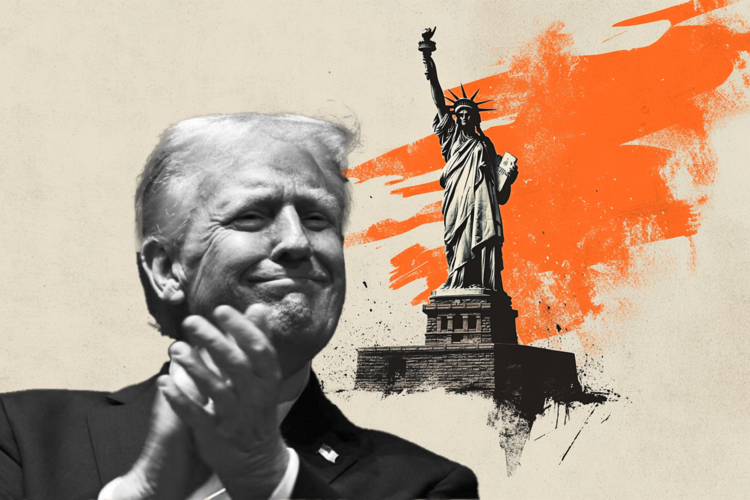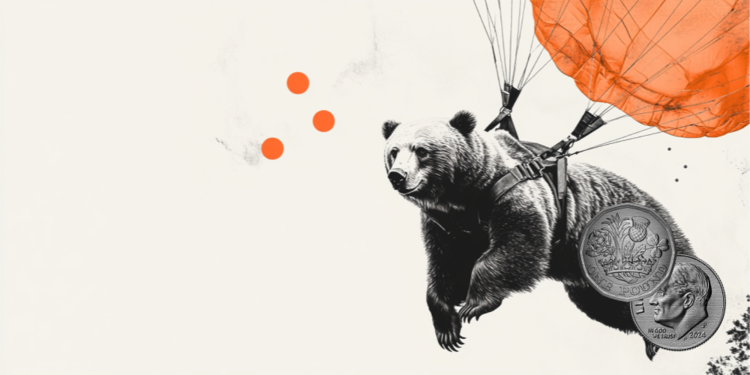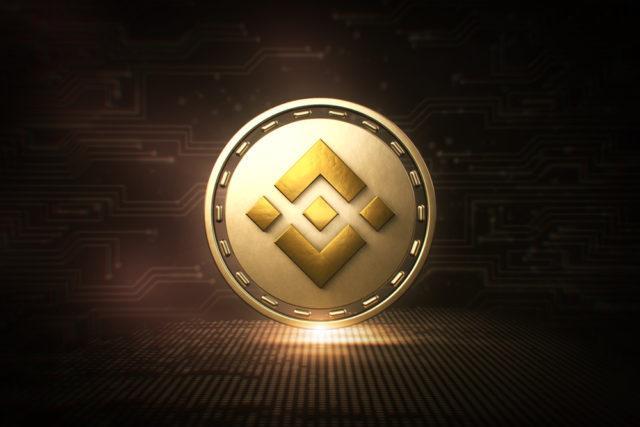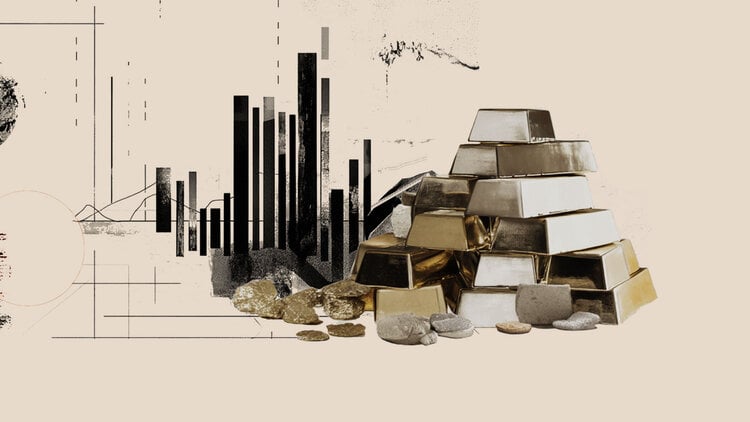For centuries, the leaders of the Roman Catholic Church were chosen at the Vatican in private meetings known as Conclaves.
The process and the vote, which usually happens in the days after a pope’s death or renunciation, involves a lot of secret. The ritual dates back to the thirteenth century, when papal elections could last for years and some cardinals have already died during the exhaustive process.
First, what is a conclave?
The word conclave comes from the Latin “cum clavis” which means closed with key and refers to the practice of confining cardinals to allow them to choose a new pope without external interference.
The selection of a new Pope is an old and highly secret voting process. There is mystery, ritual and tradition surrounding the election, which is especially a political process.
“An conclave is an event in the best sense of politics – it is a thoughtful, even devotee, the future of a community,” said Steven P. Millies, director of the Bernardin Center of Catholic Theological Union, a Faculty of Theology in Chicago to CNN .
“‘Politics’ does not deny the involvement of the Holy Spirit (neither does it guarantee it, of course). If the spirit will be answered, it is up to the cardinals. But the spirit is present, and the vote count is a necessary part of the process,” the expert added.
To avoid external lobby and ensure that cardinals are free to choose who they think is the best man for work, the conclaves happen in strict confidentiality, with the “isolated” participants of the world.
They are prohibited from talking to anyone outside the process, which can take several days. Nor can they read media reports or receive messages.
After all, who can be Pope?
Technically, any “Roman Catholic” man can be elected Pope. The Vatican Specialist at CNN John Allen explains that anyone eligible for ordination to the Catholic priesthood – therefore a single man – could be elected Pope.
Nevertheless, since 1379, the Pope is always elected among the cardinals of the College of Cardinals, the group that votes in the conclave, also restricted to those under 80.
Many of the cardinals are bishops and archbishops appointed by the Pope to assist in religious issues. Some work in the Vatican, but most are spread throughout the world by managing dioceses or archdiocese.
When the time of the conclave comes, every cardinal under 80 travels to Rome to attend the meeting, because the vote is in person.
Functioning of the voting process

After the cardinals arrive at the Vatican, the conclave begins with a special morning mass in St. Peter’s Basilica. They walk to the Sistine Chapel to begin the election process.
Voting is performed at closed doors, and confidentiality is strictly stored. The chapel is verified in search of hidden cameras and microphones, and the cardinals are not allowed to talk about procedures with anyone outside the group. If they do, they can be excommunicated.
Journalist Jonathan Mann explained to CNN International The rituals that happen inside the Sistine Chapel. Voting takes place in paper banknotes distributed to each cardinal, who writes the name of the candidate chosen below the Latin words “Eligo in Summun Pontificem” (“I election as the supreme pontiff”).
By the rule, cardinals cannot vote for themselves and the votes are anonymous.
When they end, each cardinal – in order of seniority – walks to an altar to ceremonially place its doubled banknote in a chalice. The votes are then told and the result is read to the cardinals.
If a cardinal receives two thirds of the votes, he becomes the new Pope.
According to a Vatican document on Conclave’s procedures, the first day is reserved for masses and prayers. If they are completed in the afternoon, a vote can already be performed on the same day.
If no cardinal receives the number of votes required to be elected Pope, up to four votes a day will be made in the following days – two in the morning and two in the afternoon.
The process can be repeated until the third day of Conclave. If at the end of this day there is no definition yet, the fourth day will be reserved for a pause for prayer and discussion.
Filipe Domingues, Vaticanist and Doctor of the Pontifical Gregorian University, explains that prayers are important moments of the conclave. “It is an election that also puts at stake the will of God, and the process always begins with prayer, they have mass, they pray a lot asking God to guide this choice,” he says in an interview with CNN .
Following, the process can continue for seven another rounds of voting, just as at the beginning of the conclave. After that, there is another pause for prayers and, then, the votes are resumed again.
However, of the last 11 concludes made, none lasted more than four days, according to the Diocese of Providence, Rhode Island of the United States.
Professor, historian and theologian Gerson Leite de Moraes also explains that, despite the rules, they are just a guide, and in the process of the conclave there are rituals that “do not necessarily follow the logic of the clock.”
“You may even have the legal forecast of four scrutiny, two in the morning and two in the afternoon, but it may be that in one of these scrutiny you already have the solution,” he says in an interview with CNN .
The teacher adds that “it is all a regimental issue because the Catholic faithful follow everything closely, there is special attention to each vote that is performed waiting for white or black smoke.”
White smoke indicates result
You cannot enter the Sistine Chapel, but faithful and journalists know the result through the color of the smoke that comes out of the Vatican roof.
Banknotes are burned after voting, once in the morning and once afternoon.
If a pope has not been chosen, the banknotes are burned together with a chemical that leaves the smoke black.
However, if the smoke that comes out of the roof is white, it means that the world’s Catholics will have a new Church head.
The moment is always a lot of party for the thousands of faithful who expect the process in the Vatican.
Traditionally, about 30 to 60 minutes after white smoke, the new pope will appear on the balcony overlooking St. Peter’s Square.
The new pontiff will then speak briefly and will say a prayer. Days after the election, the Pope formally assumes the position.
The last two popes were sworn in at St. Peter’s Cathedral.
With information from Reuters and CNN International.
This content was originally published in Understand how the Conclave that chooses the new Catholic Church Pope on the CNN Brazil website works.
Source: CNN Brasil
Bruce Belcher is a seasoned author with over 5 years of experience in world news. He writes for online news websites and provides in-depth analysis on the world stock market. Bruce is known for his insightful perspectives and commitment to keeping the public informed.







